Vimar Industrial Automation
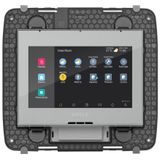
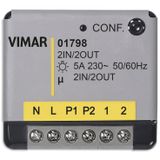
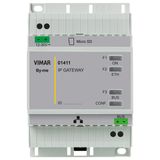
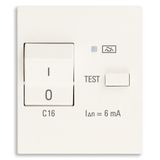
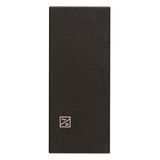
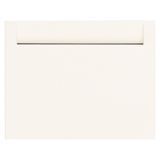
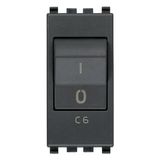
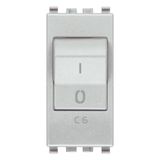
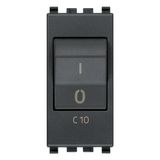

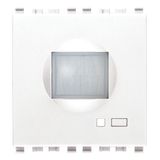
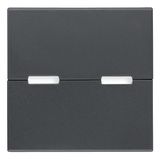

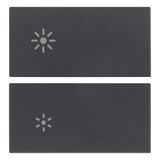

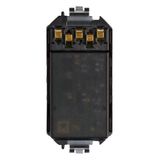

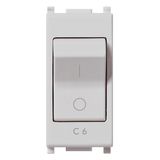
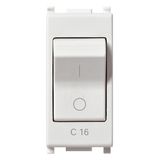
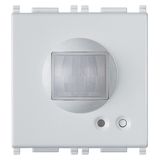
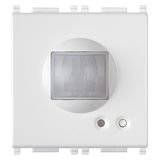
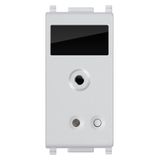

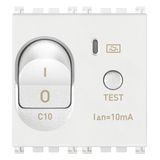
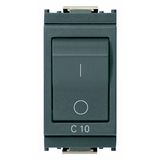
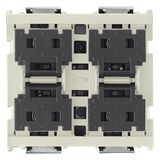
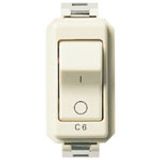
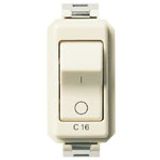
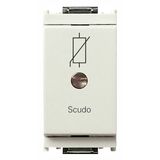

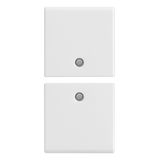
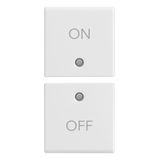


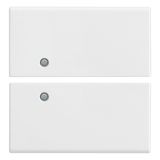

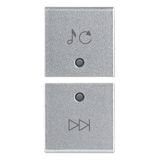
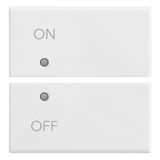

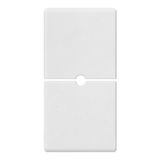




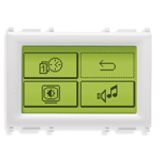



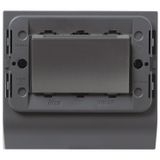
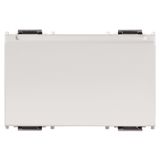
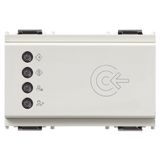
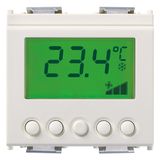
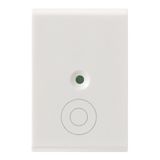
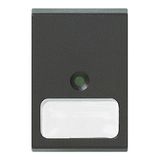
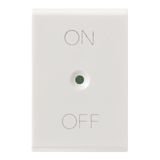
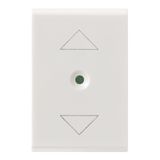
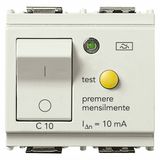
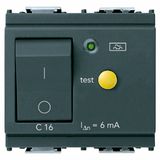
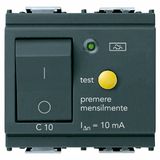

Vimar’s control gear sits well in mixed residential–commercial projects where you need clean DIN-rail logic, KNX/mesh room control, and matching plates for visible areas. Installers like that the same geometry fits premium and standard cover lines, while panel components keep to familiar IEC ratings.
vimar automatics and control assortment for panels and rooms
The vimar automatics and control portfolio covers DIN actuators (switching/dimming/heating), KNX and wireless hubs, blind/shutter modules, power supplies, input couplers, and touch supervisors. Ranges align with Eikon, Arké, and Plana front plates so wall stations and DIN modules share one ecosystem. Typical specs: 230 V AC mains, 16 A channels for lighting loads, 0–10 V/1–10 V and DALI broadcast options, coil inputs 24 V AC/DC for interface relays, and operating −5…+45 °C in cabinets with IP20 enclosures.
vimar automation systems topologies and buses
For building-wide logic, vimar automation systems support KNX TP/PL with DIN actuators (4/8/12-channel), scene controllers, and gateways to BACnet/IP or Modbus/TCP on selected supervisors. For smaller jobs or retrofits, the brand’s wireless mesh links keypads, thermostats, and sockets to a central app via a LAN/Wi-Fi bridge, keeping commissioning to QR-enrol + parameter sets. Typical I/O: binary inputs for wall contacts, analog 0–10 V for sensors, and dry contact outputs for boiler/FCU interlocks.
vimar control devices user interfaces and field IO
Room devices include pushbutton keypads with LED feedback, rotary and touch thermostats, presence and light sensors, blind controllers, and scene plates. vimar control devices ship on the 55–71 mm module system with screw or claw mounting, interchangeable rockers, and engraving windows. Dimming choices span trailing/leading-edge, 1–10 V, and DALI; blind actuators provide interlocked UP/DOWN with adjustable travel and slat durations.
vimar smart home control protocols and apps
App control pairs a gateway with voice assistants and a cloud dashboard for scenes, time channels, and energy views. vimar smart home control lets you mix wiring: hard-wired KNX for backbone reliability, plus room-level wireless where chiselling is off the table. Installers usually pin safe defaults—fail-safe OFF on lighting, auto-close disable on power loss for blinds—and log credential handover in the O&M set.
vimar relays and contactors ratings and wiring
Panel gear includes interface relays, impulse latching units, and 2–4-pole contactors. vimar relays and contactors follow IEC 60947 ratings with AC-1/AC-3 data on labels, common coils 24 V AC/DC and 230 V AC, and terminals for 0.5…4 mm² Cu at 0.6–1.2 Nm. Use RC snubbers for AC coils next to low-level I/O, and specify auxiliary blocks for status back to BMS. Mechanical latches and manual overrides help maintenance in hotels and schools.
vimar industrial automation panels and gateways
Where plant rooms need tougher logic, vimar industrial automation relies on DIN controllers, impulse relays, motorized shutter actuators for dampers, and KNX-to-Modbus couplers feeding AHU/boiler panels. Document segregation (SELV/mains), 360° shield clamps at gland plates, and surge paths. For EMC, keep VFD motor leads off control trays and pass analog 0–10 V in shielded pairs with single-end bonding.
vimar electrical control components selection and accessories
Procurement bundles toroidal PSUs, KNX power with choke, bus connectors, keypads, frames, mounting supports, and label kits. vimar electrical control components map neatly to room types: guest rooms get card-key inputs and scene plates; meeting rooms add DALI broadcast actuators and presence sensors; corridors use impulse relays with timer modules. Keep a matrix of module codes, gang counts, finish, and IP so spares slot straight in.
Assortment guide series and collections
• Wall collections: Eikon (premium finishes, glass/metal options), Arké (architectural plastics and metals), Plana (workhorse finish set).
• DIN actuators: 4/8/12-ch switching, 1–10 V and DALI, heating zone controllers with PWM/PI.
• Gateways: KNX IP routers, cloud bridges for app/voice, KNX–Modbus couplers for boilers and meters.
• Sensors: PIR/dual-tech presence, light level, window contacts via binary inputs.
• Accessories: multi-gang frames, inscription windows, adapters for RJ45/TV/SAT, separation barriers for SELV.
Technical specifications and standards that matter
Supply 230 V AC, 50/60 Hz; KNX bus 29 V DC SELV; contact ratings to IEC 60947; dimmers per IEC 60669-2-1; ingress IP20 indoors; terminals 0.5…4 mm²; strip 8–12 mm; torque 0.6–1.2 Nm. EMC to EN 61000 family; declare SPD levels and bonding points in panel notes. Thermal headroom: 7.5–10 mm breathing between DIN devices; derate in warm risers.
Applications and compatibility
Hotels, offices, education, healthcare suites, and MURB. KNX backbones with room-level mesh cover phased refurbishments. DALI broadcast is a fast win for open offices; blind actuators tame glare in façades; heating controllers handle radiators or FCUs with 2- or 3-point valves. Coordinate finishes so public areas take premium plates while BOH uses robust plastics.
Selection criteria for B2B buyers
- Fix the control bus (KNX backbone or wireless mesh), then actuator families.
- Choose front-plate series per area and lock finish codes early.
- Size channels and contact ratings by load type (LED drivers vs resistive vs motors).
- Define integration points: boiler/FCU, meters, door-access dry contacts.
- Publish labeling, torque, and segregation rules so every floor lands the same EMC result.
Advantages of working with Bankoflamps
Your build windows drive procurement. Expect project-specific pricing, near-hour quote turnaround by EAN/MPN, and live EU stock before rooms are released. The portal shows lead times, shipment tracking, and downloadable price lists with validity windows you can plan around. Trusted clients have post-payment up to 30 days. We consolidate partials so actuators, gateways, frames, keypads, PSUs, and labels arrive room-bundled by level. Your account manager cross-checks bus choice, channel counts, finish sets, EMC notes, and coil voltages against drawings—keeping deliveries site-ready across France, the Baltics, Germany, Spain, Italy, Belgium, and the Netherlands.